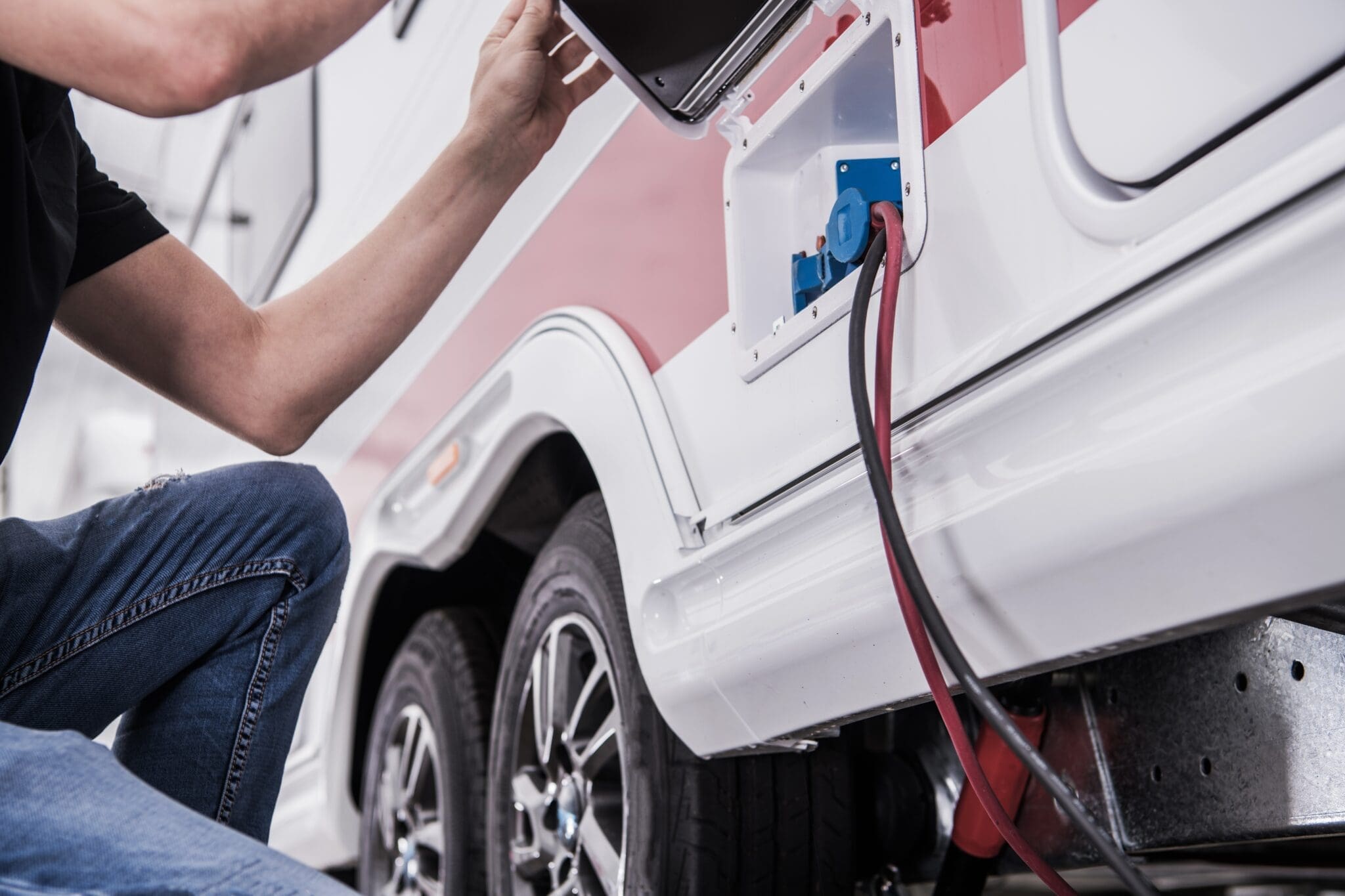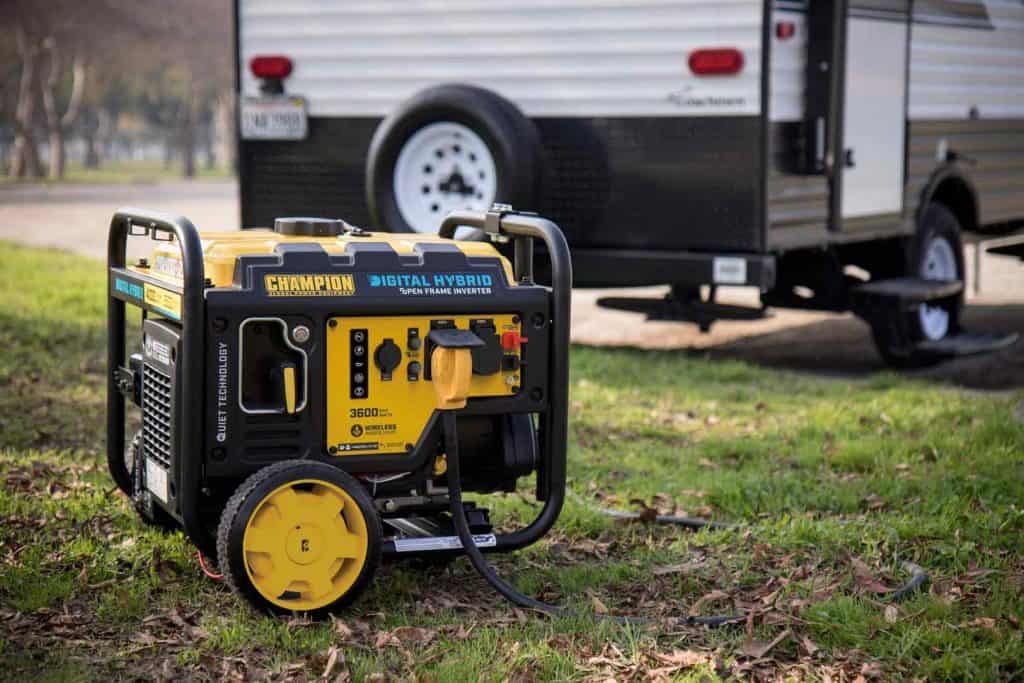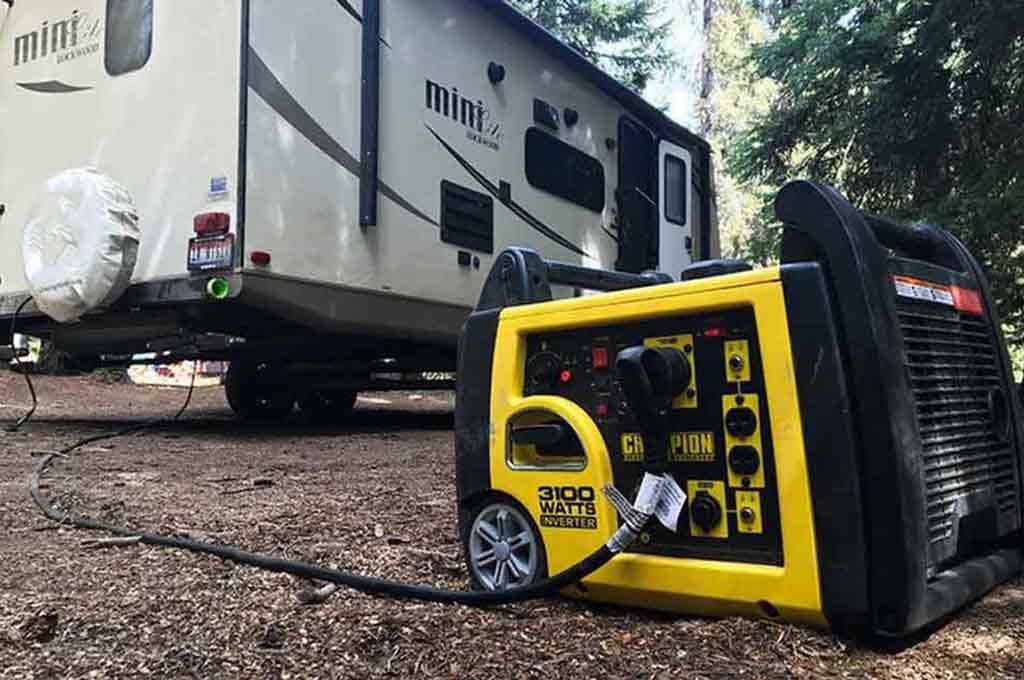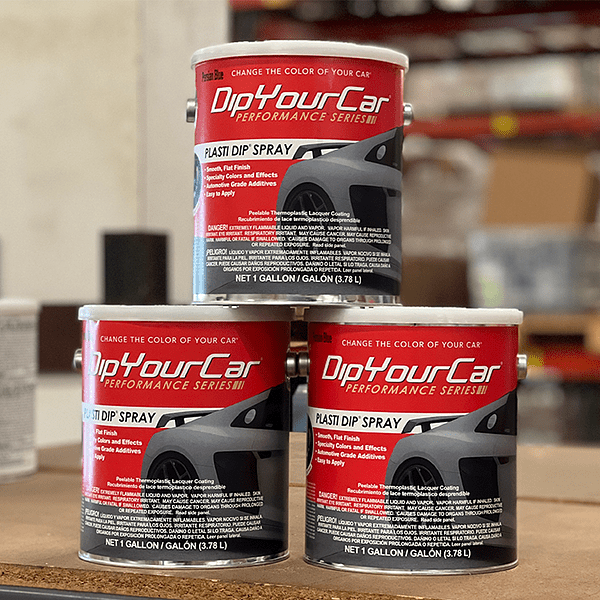
By Scott Rivers—What size generator is appropriate for a 30 amp RV? When it comes to buying a generator for an RV, you have to think about the size of your motorhome, what kind of appliances you have on board, and how much time you plan to spend in the trailer.
What Size Generator for 30 Amp RVs Is the Ideal Choice?
Some people buy generators that are too small and can’t run everything they need, while others buy too big generators and end up overpaying.
There are several factors to keep in mind while figuring out the right size for the generator. To buy the correct 30 amp RV generator, you need to know how much power is required to run all the RV appliances. Consider these things to determine what size generator for 30 amp RV is the right choice:
The wattage of the generator
You can determine the generator’s wattage by calculating the maximum wattage for 30-amp service. For calculation, use this simple formula for converting the maximum wattage rating of an appliance to a maximum current number:
A = W/V Current (A or amps) equals watts (W) divided by voltage (V), or more simply, A=W/V.
For example, if you have a coffee pot that is rated at 1500 watts, you can easily calculate the maximum amount of current that coffee pot will draw by dividing that wattage number by 110 volts, which is the voltage available on your standard AC receptacles in your RV. So, if you divide 1500 (watts) by 110 (volts) you end up with the maximum current the coffee pot will draw, or in this case, 1500/110 = 13.6 Amps. Now, remember this is the maximum current the coffee pot will draw. In reality, it will draw a lot less when it is just keeping your coffee warm, but when it is perking the coffee, it can be operating near this maximum current limit. And, considering that your RV’s circuit breakers are usually 20-Amp breakers, this load from the coffee pot, while it’s actively perking, would leave with an additional current capacity just 6.4 amps (20 – 13.6) on that circuit of receptacles. When you understand this way of calculating AC voltage limitations, you will be able to avoid plugging in two high-wattage or high-current appliances on the same circuit and operating them both at the same time.
So, the maximum wattage a 30-amp service can draw is: 30 amps x 120 volts = 3,600 watts.
Remember that this is the highest wattage limit for the generator. You can purchase a unit with a lower wattage, depending on the power used in your RV. However, going over that limit will only waste money and electrical power. For example, you can hook the rig to a 4,500-watt generator, but that extra 900 watts will be wasted.

Read more: How to Wire a 50 Amp RV Plug for Electric Hookup
Your RV’s power requirements
While the generator’s maximum wattage can be 3,600, your RV is unlikely to need that much power.
To estimate the wattage requirement, you will need to break down the power consumption of each appliance. Add up the wattage required by all of the major appliances and electronics in your RV to determine your average power usage.
Some appliances will draw more power when they’re turned on, so their startup wattage will be higher than their running wattage. For example, an RV refrigerator requires 600 watts when you switch it on, but then its requirement drops to 180 watts. Similarly, an air conditioner also draws more current when it starts up before running at a lower wattage.
So, when calculating your total watts needed, make sure you’re considering which appliances are running simultaneously. It’s safe to estimate the startup wattage of all devices to get an idea about the maximum power your trailer may need at once.
If you’re not using all of your appliances at once—for example, if you don’t have an air conditioner—you can get away with a lower wattage.
How to Calculate the Current Load of Your RV Appliances
Electrical Circuits & AC-Voltage Breakers
All RV’s, regardless of the type and size, are designed with cabling systems for connecting to external AC power sources. These connections and systems inside the RV support not only the built-in electrical equipment but also the numerous other appliances the owner may want to use while traveling and camping. Your RV is wired so that all of the 110-VAC power (110 volts AC power) used inside the RV goes through the main breaker panel. These breakers are rated at different current limits to protect the equipment inside the RV, and thus prevent overloading of the RV’s electrical circuits and wiring. If one or more of your AC-voltage circuit breakers “kicks off,” that means the current exceeds what your circuit was designed for.
When Overload Conditions Occur
When a circuit breaker in the RV kicks off from overload while you are camping, it seems to always be a surprise. Some of an RV’s breakers are dedicated to specific pieces of electrical equipment inside the RV, such as the air conditioner, refrigerator, televisions, and other high-current devices. Other breakers are general circuits that provide power to banks of 110-VAC receptacles placed in the RV for the convenience of the camping family. So, when a breaker does activate, the owner needs to consider what may have caused the breaker to kick out. If an air conditioner’s breaker kicks out, you know what to do to determine the problem. You will generally check to see if it’s your external source power first. But, when you have one of the general circuit breakers kick out, you need to look at the problem a little differently.
110-VAC Appliances and Personal Devices Draw Current
RV camping families tend to have quite a few electrical devices that operate directly on 110-VAC or often operate on batteries that require the use of chargers that operate on 110-VAC. Common personal devices that campers plug into their RV’s receptacles include cell phone chargers, personal computers, flashlights, TVs, satellite receivers, and portable stereos. All of these will draw some level of current even while not charging a device or operating. Most RVs also use home appliances that draw higher current, including coffee pots, mixers, electric frying pans, electric crock pots, toasters, portable ice makers, and other higher current drawing home appliances, all of which add to your load on your breakers. All of these devices draw some amount of current while operating, and they, like most common appliances, will typically have a label that lists the maximum wattage the appliance will use when it is operated. But many other devices will only list the maximum current the appliance will draw and not the wattage. When one of your breakers kicks out, you need to figure out things like:
- What 110-VAC equipment you’re using at different times of the day.
- How much current each of your devices draws when operating.
- How you can manage their use so that everyone can enjoy their camping experience while not disrupting the power available to everyone.
Appliance Amperage Draw Chart
You should know just how much amperage each appliance draws when it is in operation and the table below is a good quick reference for the most common appliances and how much Amps they can draw. Note that the Amps below are typical. Some appliances may require more or less depending on their efficiency and size.
How to Convert Maximum Watts to Maximum Current
When a breaker goes off, especially the main breaker, you want to figure out how much total current you are using. A certain level of current is what sets off the breaker. The simple thing to do is look at everything you have plugged into a circuit of receptacles and add up the maximum current that the circuit might be subjected to if everything is plugged in and operated at once. When you see an appliance with a label that only lists the wattage, you may need to figure out the actual maximum current it will draw
| EQUIPMENT | AMPERAGE DRAWS |
|---|---|
| RV Converter (charging) | 1-8 Amps |
| Lights (per bulb) | 0.5 -1.5 Amps |
| Water Heater (6-gallon, heating) | 8-13 Amps |
| RV Air Conditioner (Start-up) | 16-18 Amps |
| RV Air Conditioner (Running) | 13-16 Amps |
| Window Air Conditioner | 5-10 Amps |
| RV Roof Fan | 3-5 Amps |
| Ceiling Fan (low to high setting) | 0.2-6 Amps |
| Oscillating Fan | 0.5-1 Amps |
| Furnace Fan | 7-9 Amps |
| Space Heater (1600 watts) | 7-13 Amps |
| Space Heater (800 watts) | 4-10 Amps |
| Refrigerator | 5-8 Amps |
| Portable Ice Maker | 19.2 Amps |
| Blender | 5-6 Amps |
| Microwave Oven (Standard) | 7-13 Amps |
| Microwave Oven (Convection) | 7-15 Amps |
| Portable Pizza Oven | 12.2 Amps |
| Toaster | 8-10 Amps |
| Coffee Maker | 5-8 Amps |
| Electric Kettle | 6-12 Amps |
| Frying Pan (Cooking – High) | 7-12 Amps |
| Crock-Pot (Cooking – High) | 3-5 Amps |
| Crock-Pot (Warming) | 1-2 Amps |
| Food Processor | 5-8 Amps |
| Hair Dryer (High) | 7-13 Amps |
| Curling Iron | 0.5-0.7 Amps |
| Iron (High) | 8-10 Amps |
| Washer/Dryer | 140-16 Amps |
| Vacuum (Hand-Held) | 2-6 Amps |
| DVD, Disc Player, Radio | 0.5-2 Amps |
| Television HD, Digital | 1.5-4 Amps |
| Satellite Receiver/Game Console | 0.5-0.8 Amps |
| Computer (Laptop) | 2-3 Amps |
| Chargers (small electronics) | 0.5 to 1.5 Amps |
| Drill | 2-6 Amps |
| Golf Cart Charger | 13-21 Amps |
This is just a basic guide to assist you in how many Amps you’re using at any given time. If you need to know exact amperage ratings you can check the data plate on any motors, appliances, or electronic equipment you are using. If you can’t locate a data plate with this information, check the appliance or electronic equipment owner’s manual. This information might provide wattage requirements rather than Amps. Here is a simple formula to help you convert some common electrical terms.
Other factors
These things are not related directly to the size of the generator, but the best RV generators for 30 amp should have these features:
Low noise
There’s no getting around it: generator noise is like fingernails on a chalkboard. The generator needs to be as quiet as possible because you do not want to disturb your neighbors. Choose one with a low noise level or use a pneumatic muffler to muffle the sound.
Fuel type
Your best bet is probably diesel if you choose a powerful generator. But if you’re looking for something more cost-effective and easy to store, select the ones that run on gas. You will also find gas available everywhere. Propane is cheap but may cause some safety hazards.
Easy to carry
A generator with 30 amp RV plug is unlikely to be portable. However, try to pick a unit as lightweight as possible. You’ll want to move your generator around with ease as you travel in your RV, so pick something easy to carry and easy to lift into and out of your vehicle without taking too much space.

The Problems of Using the Wrong-Size Generator for 30-amp RVs
Sometimes, you may face these weird problems like your A/C unit or fridge is not working despite having a running generator and working electrical connections. What could be the reason for this problem?
The answer? Your generator. Choosing a wrong-size generator, ideally one with wattage lower than your trailer’s requirement, can give you all sorts of problems.
The generator that powers your RV is a pretty powerful little thing. But if it is a low-wattage unit and you try to plug in too many appliances at once or have a device that requires more power than your generator can provide, you might end up with not enough juice to keep everything running. It will lead to some of your appliances not working correctly.
This doesn’t usually go so well. Running appliances more powerful than the generator can handle will lead to your RV’s power system being overloaded and popping a breaker or blowing a fuse—and those fixes aren’t as simple as just flipping a switch back on.
The Bottom Line: What Size Generator for a 30 Amp RV?
We hope you have a clear idea about what size generator for 30 amp RV you should purchase. It should always have more wattage than the combined startup wattage of your large appliances. For example, if the combined startup wattage of your AC and refrigerator is 2,200 watts, get a 2500 watts generator. The spare extra wattage will keep all appliances properly functioning and prevent a blowing fuse or tripping breaker.
The wise thing is not to go overboard or skimp on the wattage requirement. A generator is a long-term investment, and the health of your RV appliances depends on choosing a suitable unit.
(Source: RVINGTRENDS. No copyright infringement intended.)










































